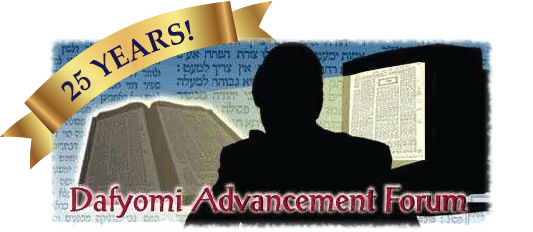What are the connotations of the word "li'She'eiro"?
Rashi (in Bava Kama, 44b): It refers to a wife, and teaches us that a man inherits his wife when she dies. 1
Targum Onkelos and Targum Yonasan: It means 'to his closest relative'. 2
Why can ?u?Nesatem es Nachalaso li?She?ero? not mean that his wife inherits him?
Rashi (in Bava Kama, 42b): Because the Torah inserts the word "mi'Mishpachto", and his wife is not part of his (blood) family. 1
The Gemara in Bava Basra, 113b, learns it from the words "Ve'yarash osah", implying that he inherits her, and not vice-versa.
What are the connotatons of the rest of the phrase "u'Nesatem es Nachalso ... ha'Karov eilav mi'Mishpachto"?
Rashi (in Bava Kama, 44b): It means that one should give the man's inheritance to the closest member of his (paternal) family.
What is the definition of "Mishpachto"?
Bava Basra, 110b: It always refers to the paternal relative under discussion - 'Mishpachas Av Keruyah Mishpachah, Mishpachas Eim Einah Keruyah Mishpachah' 1 . Consequently, paternsl brothers inherit and pass on the inheritance when they die.
See Torah Temimah on Pasuk 10, note 24.
Why does the Torah refer to the Parshah of inheritance as "Chukas Mishpat"?
Rashi (in Divrei ha'Yamim 2, 20:8): The word "Mishpat" applies to Dinei Mamonos (monetary laws). 1
Bava Basra, 113b: To teach us that the Dinim of inheritance are considered Dinei Mamonos. 2
Rambam (Hilchos Nachalos, 6:5): To teach us that, although the Dinim of inheritance fall under the heading of 'Dinei Mamonos', 3 one is not permitted to designate a non-heir as an heir, or to divest an heir of his status, 4 nor is any condition that does so valid.
Sifri: The Torah gave the Chachamim the wisdom to Darshen the order of precedence - with regard to inheritance, based on the closeness of the relationship to the deceased.




